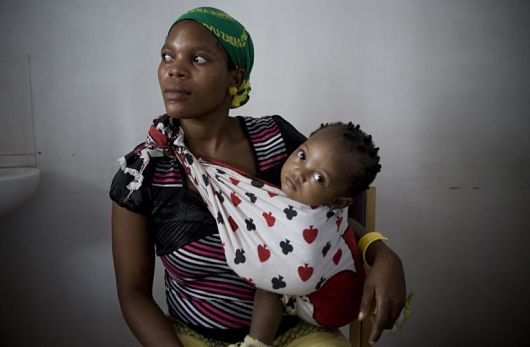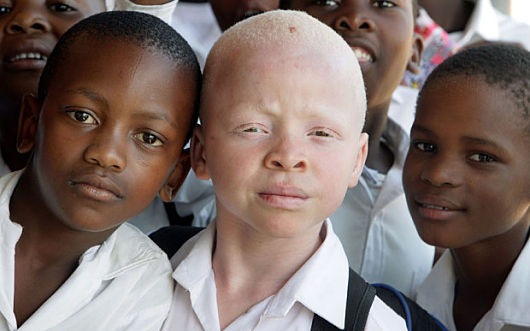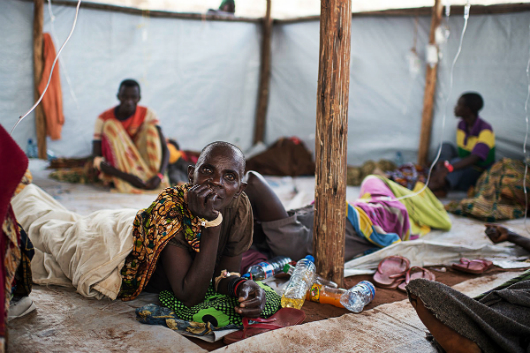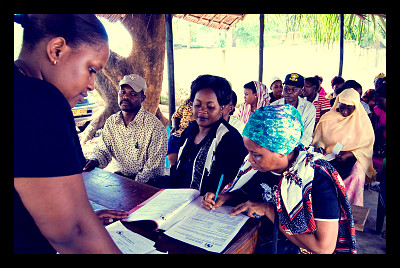 Millennium Development Goal 4: “Reduce by two thirds, between 1990 and 2015, the under-five mortality rate.”
Millennium Development Goal 4: “Reduce by two thirds, between 1990 and 2015, the under-five mortality rate.”
Tanzania is one of the only African countries that has achieved this goal. There is much to celebrate with the country’s accomplishment; however, we must not ignore other critical areas of work that need prioritization. A thorough analysis of the efforts in Tanzania is important to understand what strategies have been effective in the region.
Successes in Tanzania
- Reduction in child deaths after first month of life
- 12,500 lives saved thanks to vaccines
- 9,300 lives saved from malaria programs
- 5,800 lives saved from HIV/AIDS programs
Areas for Improvement
- Maternal and newborn survival can be improved
- Reduction of stillbirths needed
- Low contraceptive use in Western and Lake Zones
- Rural poor lack access to health services
- Shortage of health workers
The achievement of MDG4 is significant in Tanzania. Child deaths after one month of life have decreased at a rate of 8 percent per year during the last decade. This is 50 percent faster than in the 1990s.
Most lives have been saved from programs that increase access to vaccines, address malaria and work to decrease the spread of HIV/AIDS. These types of programs have received the most funding, and therefore these results should be expected.
In Tanzania, 40 percent of national child deaths are newborns. This indicates a need to improve health services in the critical time surrounding childbirth.
Rural women are twice as likely to deliver their children in private homes versus health facilities. Estimates indicate that Tanzania needs 23 health workers per 10,000 people, but Tanzania currently only has five health workers per 10,000 people.
It is evident that portions of the population have not benefitted from some of the improvements Tanzania has experienced as a country. The identification of these categories of people is critical in order to further decrease mortality rates in the country.
High mortality rates slow the rate of development of entire communities and prevent poverty-stricken families from obtaining enough resources to support themselves.
The good news is that this case study of Tanzania estimates that “60,000 lives could be saved each year with intensified efforts to achieve universal access to essential health services.”
– Iliana Lang
Sources: WHO, The Lancet, UNDP
Photo: Global Post









